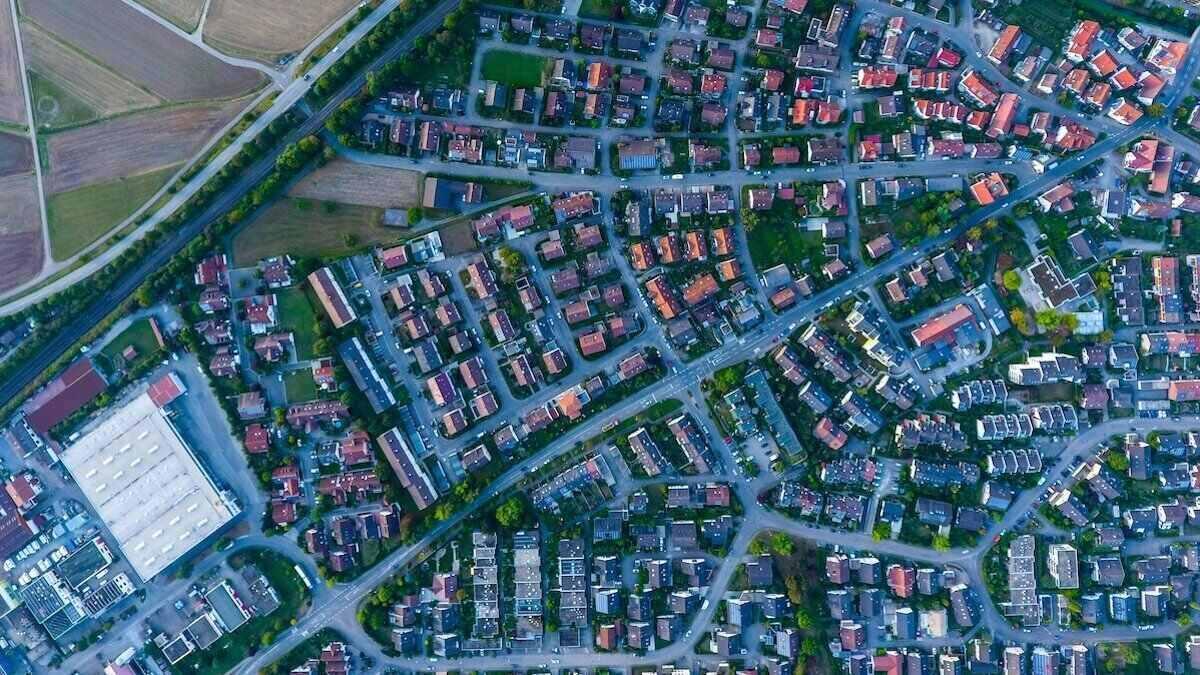
Continuing a tradition that appears to have been born in recent years, most of the 2024-25 Budget’s major talking points were revealed ahead of time.
Though there were a few surprises scattered throughout.
Most notably, another boost for Commonwealth Rent Assistance.
There was also funding set aside to bolster Australia’s construction workforce, crack down on dodgy property investing, and initiate Labor’s shared equity scheme.
When it comes to Budgets, what’s not included can be just as important as what is.
There was no whisper of a dollar for the Home Guarantee Scheme, despite it being a pillar of support for budding homebuyers.
The latest Budget dropped in the midst of a housing crisis, where a lack of supply has seen demand drive house prices to record levels.
Here’s what it had in store for hopeful homebuyers and property owners.
Rent Assistance raised
Aussie renters receiving support to cover their housing costs will be better off on the back of this year’s Budget, with Commonwealth Rent Assistance payments to be hiked.
The support payments will increase by another 10% this year, likely in September.
Nearly a quarter of all renters receive the support payment, the Federal Government notes, with one million households tipped to benefit from the change.
It comes on top of the 15% boost the payment received in 2023 – part of last year’s Budget – and is expected to cost the Federal Government $1.9 billion.
The move will see the maximum payment offered to those receiving rent assistance 40% higher than it was in May 2022.
The government believes the boost won’t increase inflation.
Rental prices soared 7.8% in the year to 31 March, driving inflation upwards, data from the Australian Bureau of Statistics shows.
That rate of growth would have been even higher (at 9.5%) if not for last year’s 15% boost to rent assistance and indexation in general.
$90 million promised for future tradies
Young (or not so young) Australians seeking a career in the construction sector could benefit from this year’s Budget too.
The Federal Government will provide $88.8 million worth of fee-free TAFE places in courses relevant to the construction sector.
It will also put $1.8 million towards streamlining skills assessments for potential migrants able to work in the sector.
A shortage of labour is a major issue holding back the construction of dwellings in Australia, the Housing Industry Association has warned.
An influx of new tradies could be the difference between the nation reaching its target of 1.2 million new homes by 2029 or falling notably short.
$5.5 billion funnelled towards Help to Buy scheme
The Help to Buy scheme will kick off later this year, with $5.5 billion of funding set aside to help as many as 40,000 Australians purchase a home.
The scheme will see the government chipping in on the purchase of homes for eligible buyers, contributing as much as 40% of the purchase price of a new build and 30% of the purchase price of an existing home.
The homeowner would then either pay the government back or hand it a portion of any profit or loss made on the sale of the property down the track.
The size of that portion will be equivalent to the government’s level of ownership.
MIA: Where's the Home Guarantee Scheme's funding?
One interesting point perhaps worth mentioning is a suspicious lack of funding for the Home Guarantee Scheme.
The scheme encompasses the First Home Guarantee, the Regional First Home Guarantee, and the Family Home Guarantee.
The guarantees allow homebuyers to enter the market with a deposit of as little as 2% without paying lenders mortgage insurance (LMI).
It helped more than a third of first home buyers enter the market in the 12 months to March 2024.
While there are “nil” new commitments to the scheme provided in this year’s Budget, it's worth noting that the government simply acts as a guarantor of buyers turning to the scheme.
Thus no money is assumably removed from its coffers unless a buyer defaults on their home loan.
No new places have been announced for the 2024-25 financial year, with new places for the current financial year having been announced on 1 July 2023.
Cracking down on money laundering through real estate transactions
The Federal Budget also included $166 million of funding to support new anti-money laundering reforms, this time targeting the property market.
Australia is currently one of few countries that haven’t implemented reforms demanding the likes of real estate agents, lawyers, and accountants report suspicious transactions and perform due diligence on customers.
It comes after Transparency International Australia found $110 million worth of Aussie property was purchased by Cambodian nationals between 2019 and 2023.
Additionally, more than $516 million was moved from Cambodia to Australia through Australian reporting entities in 2022.
That money is said to represent an average of around 1% of Cambodia's GPD.
“Cambodia is a regional hub for human trafficking, money laundering, and organised crime,” Transparency International Australia CEO Clancy Moore said.
“Lawyers, accountants, and real estate agents, sometimes unknowingly, enable money laundering by criminals through the setting up of opaque corporate structures, facilitating payments, or simply turning a blind eye.”
International students to be capped to available housing
The Federal Government also proposed a lifeline for many struggling in the rental market.
Though, it might come at a cost to the university sector and wishful international students.
The number of international students a university can accept will be capped in line with how much housing it can provide said students, the Budget revealed.
That could take some of the heat out of the housing market and potentially offer a small amount of relief for tenants on the receiving end of rental price growth.
Housing Australia Future Fund (HAFF) handed $500 million in 2024-25
Finally, the long-awaited HAFF will see its first dollar in 2024-25, with the first $500 million to be handed out this financial year.
The once-controversial fund has invested $10 billion, with the returns earmarked for the provision of housing.
The $500 million released this financial year will support the provision of social, affordable, and acute housing for Australians in need, including women and children impacted by family violence and older women at risk of homelessness.
Another $1.9 billion will be handed to community housing providers and charities that help to deliver new social and affordable homes under the HAFF and the National Housing Accord.
Buying a home or looking to refinance? The table below features home loans with some of the lowest interest rates on the market for owner occupiers.
| Lender | Home Loan | Interest Rate | Comparison Rate* | Monthly Repayment | Repayment type | Rate Type | Offset | Redraw | Ongoing Fees | Upfront Fees | Max LVR | Lump Sum Repayment | Extra Repayments | Split Loan Option | Tags | Features | Link | Compare | Promoted Product | Disclosure |
|---|---|---|---|---|---|---|---|---|---|---|---|---|---|---|---|---|---|---|---|---|
5.29% p.a. | 5.33% p.a. | $2,773 | Principal & Interest | Variable | $0 | $530 | 90% |
| Promoted | Disclosure | ||||||||||
5.19% p.a. | 5.10% p.a. | $2,742 | Principal & Interest | Variable | $0 | $0 | 80% |
| Disclosure | |||||||||||
5.39% p.a. | 5.43% p.a. | $2,805 | Principal & Interest | Variable | $0 | $530 | 90% |
| Promoted | Disclosure |
Image by Max Böttinger on Unsplash
Collections: Mortgage News Property News





Share